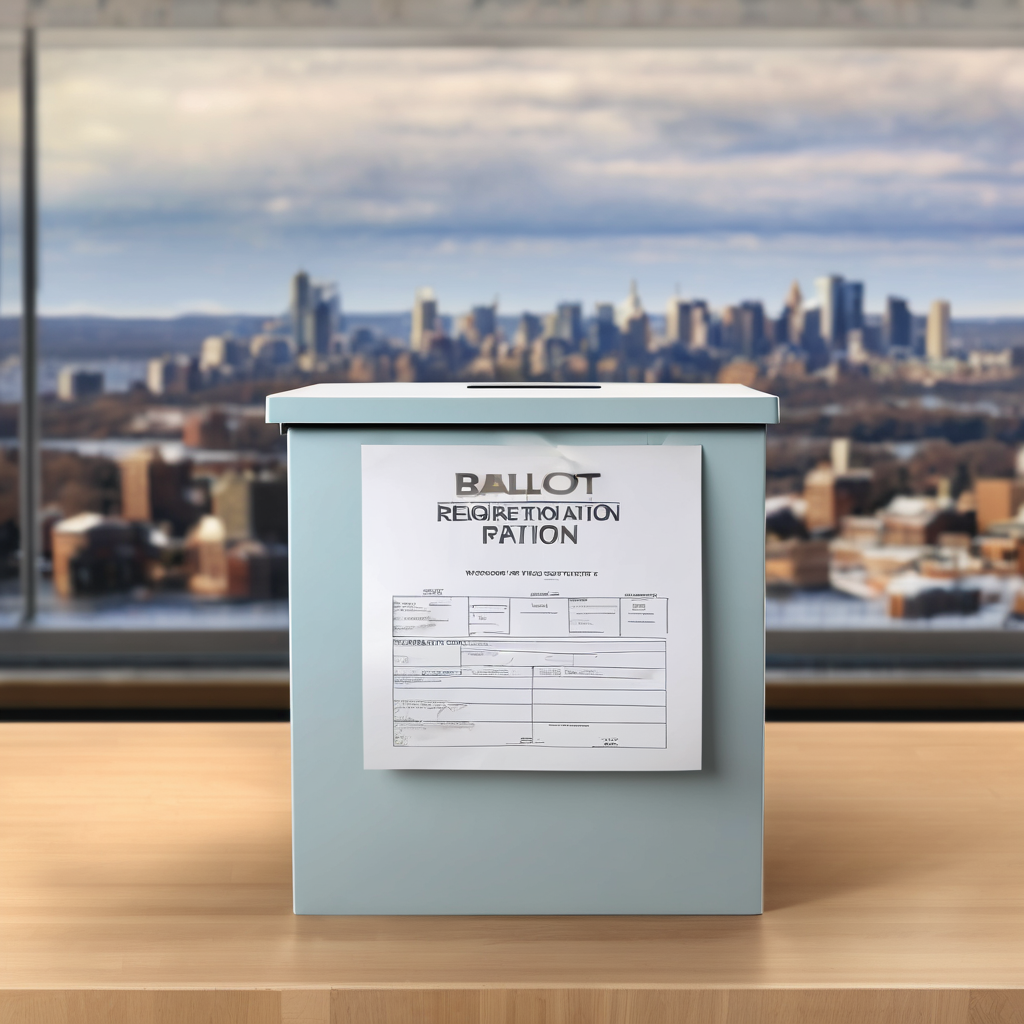The dynamics of electoral campaigns are complex, with various elements influencing outcomes that extend beyond mere candidate appeal. An essential aspect of strategizing for victory is forecasting the electoral landscape, which often involves analyzing previous elections and understanding the political enthusiasm of different voter demographics.
External factors can heavily sway election results, such as a pandemic altering voter behavior, economic downturns, and the general public’s reaction to the party in power. For campaigns navigating these challenges, success hinges on their ability to localize their message and counteract national political trends or to shore up support for down-ballot races.
In the most recent New Jersey gubernatorial election, Jack Ciattarelli demonstrated remarkable political skill by garnering more votes than any Republican candidate for governor in New Jersey in over 50 years, with the exception of 2025. However, despite his efforts, he faced a formidable opponent in the prevailing political climate dominated by sentiments against former President Donald Trump. While Ciattarelli won a significant portion of votes from those indicating the election was not about Trump, his overall support was undermined by Trump opposition among voters. Exit polling revealed that many voters viewed the election as a referendum on the former president, with 41 percent explicitly casting their votes to oppose him.
Democratic candidate Mikie Sherrill effectively secured a substantial portion of voters who previously backed President Joe Biden in the state. In contrast, Ciattarelli’s share of Trump’s total vote was lower than expected, indicating the challenges he faced from a well-organized Democratic base that was energized by protests and concerns over Trump’s policies.
As recent trends illustrate, New Jersey has seen an increase in Democratic voter registration, although the last year marked a significant shift. Democrats lost 8,626 party members while Republicans gained over 21,000 new voters. This change may reflect a broader trend where Republicans are beginning to increase their appeal among diverse communities, even in urban areas previously dominated by Democratic voters.
The evidence suggests that while the Democratic Party has historically performed strongly in Latino-majority areas, their advantage may be waning. Republican candidates have made significant inroads in cities such as Passaic and East Newark, showing a trend that could reshape future elections. The turnout rates in 2025 mirror historical patterns seen after previous Republican victories, prompting speculation about a potential resurgence of Republican support in New Jersey.
Overall, while recent elections have revealed challenges for the Republican Party, they may also herald a shift in the electoral balance in the Garden State, suggesting that voter sentiment is evolving. As the political landscape continues to shift, both parties will need to adapt their strategies to capture the attention and support of an increasingly diverse electorate.
